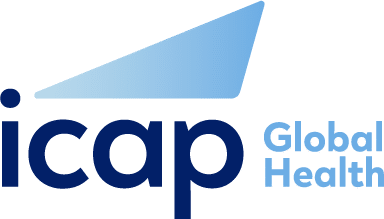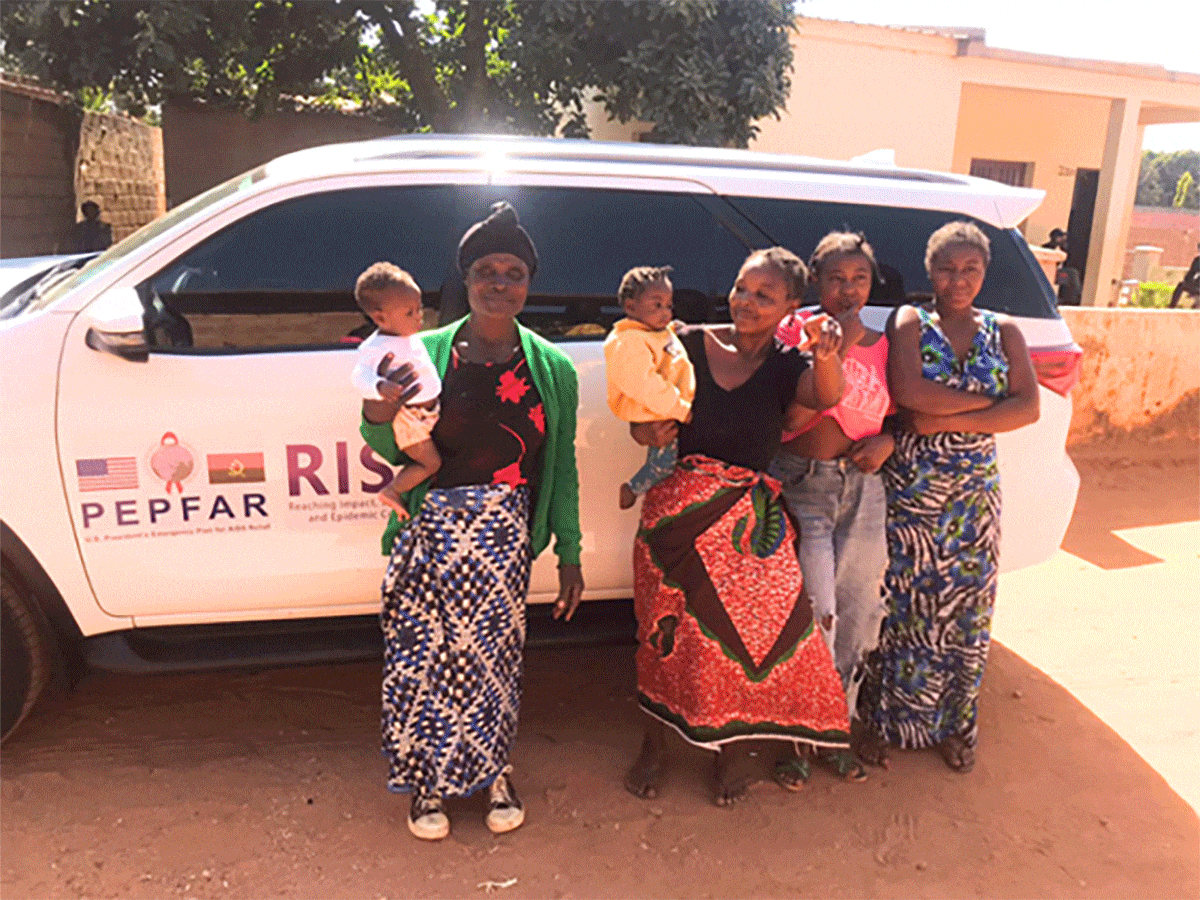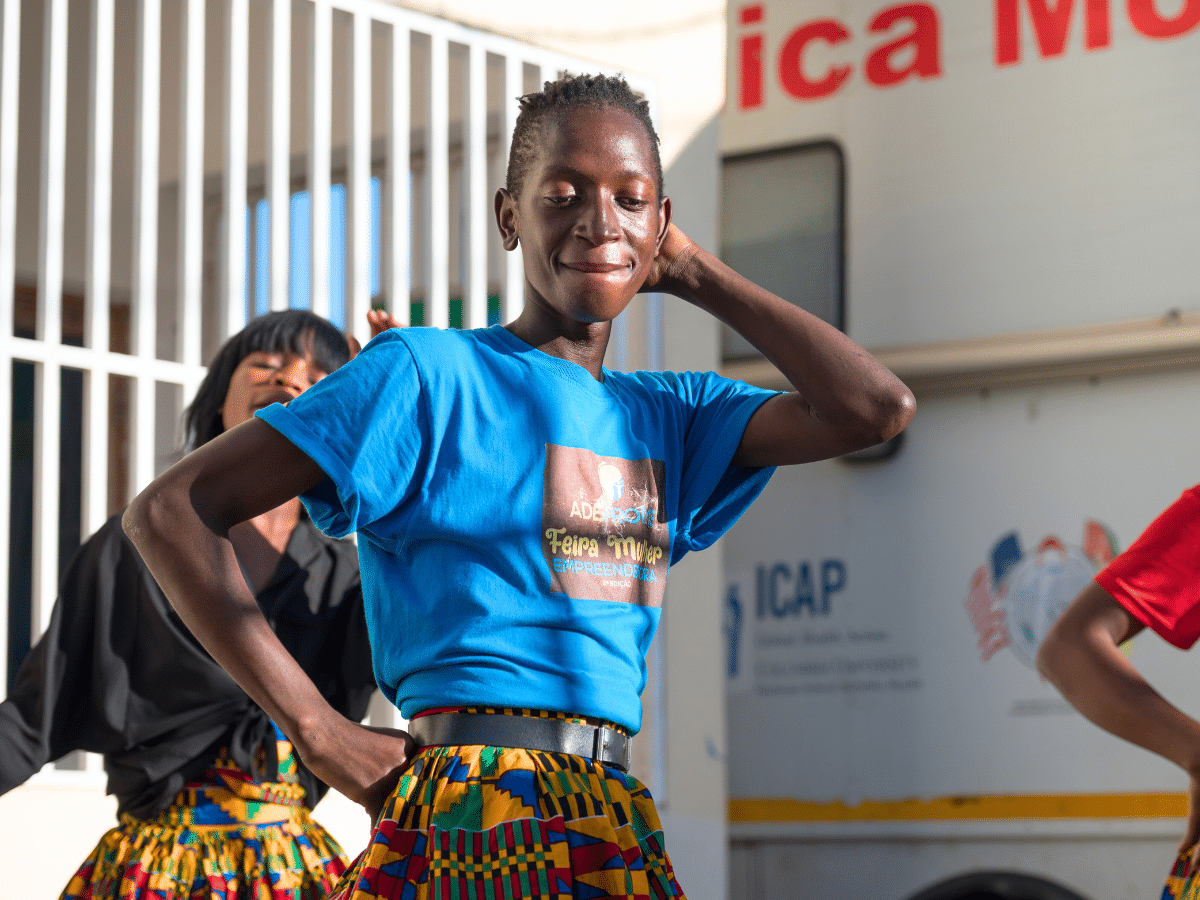Every day, fishermen travel far and wide in search of abundance – more fish, healthier fish, and fish that can be sold at a higher price. Mobility is an essential livelihood strategy, but it can also increase vulnerability to health threats, especially HIV. Fisherfolk, including fishermen, fishmongers, fish traders, fish processors, and community members engaged in the fishing economy, face structural, social, and economic factors that increase HIV risk, and many fishing communities are characterized by relatively high HIV prevalence. In the coastal West African country of Sierra Leone, the fishing industry is a source of livelihood for more than half a million people, including more than 100,000 artisanal fishermen, and the Ministry of Health and Sanitation (MOHS) identifies these communities as a priority for the national HIV response.
In 2022, with support from the U.S. President’s Emergency Plan for AIDS Relief (PEPFAR) through the Health Resources and Services Administration of the U.S. Department of Health and Human Services (HRSA), ICAP at Columbia University partnered with the National AIDS Control Program at the MOHS, the National HIV and AIDS Secretariat (NAS), the Ministry of Fisheries and Marine Resources (MFMR), and the Unions of Artisanal Fishermen to conduct a study assessing knowledge, attitudes, and preferences for health and HIV services among fisherfolk in Sierra Leone.
The ICAP-led study included surveys and focus group discussions with 113 fisherfolk, including 37 fishermen, 38 fishmongers, 9 fish processors, 15 sex workers, and 14 people from other professions. Sixty-three percent of participants were female, the median age was 40 years, and respondents were highly mobile, with 20 percent reporting being away from their community for more than one month at a time in the last 12 months.
Twenty percent of participants perceived their health as poor or very poor. The most reported health issues in the community were upper respiratory infections, tuberculosis, pneumonia, musculoskeletal pain, and malaria or fever.
Although 69 percent of fisherfolk described themselves as at no or low risk of acquiring HIV, many reported HIV risk behaviors. For example, 66 percent reported sex without a condom in the past four weeks, 61 percent were unaware of the HIV status of their regular partner, 36 percent had had more than one partner in the past month, and 3.5 percent had used injection drugs within the past three months. Almost half reported a history of sexually transmitted infection and only eight percent of survey respondents had ever heard of pre-exposure prophylaxis (PrEP), which significantly reduces one’s risk of acquiring HIV.
“The disconnect between perceived personal risk and actual risk behaviors among fisherfolk is a stark reminder of the need for targeted and comprehensive education and prevention services in this community,” said Mame Toure, MD, MSc, country director for ICAP in Sierra Leone. “HIV continues to pose a significant threat to vulnerable populations, and we must prioritize the development and implementation of evidence-based interventions that address the unique challenges and risk factors faced by fisherfolk.”

While most participants reported that HIV prevalence in their community was low, 13 (12 percent) reported that they themselves had been diagnosed with HIV. Of those 13, only two reported currently being on antiretroviral treatment (ART). Of the remaining 11, 10 said the primary reason for not being on ART was due to feeling healthy, while one said the reason was stigma. Of the 100 survey respondents who reported being HIV-negative, 35 said they had never been tested for HIV.
“The study found a striking contrast between risk perception and actual HIV prevalence,” said Miriam Rabkin, MD, MPH, director of Health Systems Strategies at ICAP. “Because respondents’ HIV status was self-reported, we don’t want to over-interpret these data, but they do raise important red flags about the need for HIV prevention, testing, linkage, and treatment services for fisherfolk.”
Health service delivery preference can have major implications on one’s treatment adherence or willingness to test. When asked about preferences for future HIV service delivery, fisherfolk reported they would prefer to receive HIV prevention, testing, and treatment services in the nearby community versus on the beach or at more distant health facilities. They also preferred to receive HIV prevention, testing, and treatment services from nurses versus doctors, HIV counselors, or community health officers.
“Generally, awareness of HIV risks among fisherfolk was low and respondents noted limited sources of credible information on HIV,” said Oliver Eleeza, BSc, MSc, associate director of Strategic Information for ICAP in Sierra Leone. “This limited access to information is exacerbated by high HIV stigma in fisherfolk communities, which prevents fisherfolk from discussing HIV issues more freely. As a result, HIV is not a topical issue of discussion among fisherfolk as a health concern and usually relegated to the background, contributing to an alarming situation of HIV misconception in the fisherfolk communities.
Given that participants reported limited awareness of HIV prevention strategies and very low uptake of ART, among other factors such as stigma, the study emphasizes the importance of active outreach to fishing communities to provide information, education, and health services designed for their needs and preferences.
“Even though a seroprevalence study [a study that measures the level of pathogen in a population via blood sample] was not conducted to ascertain the HIV prevalence among fisherfolk, the study found high self-reported HIV prevalence with low linkage to treatment rates,” said Haja Bah, B. Pharm (Hons), MPH, senior program manager for ICAP in Sierra Leone. “Considering the mobile nature and time-sensitive schedules of fisherfolk as seen in the study, the Ministry of Health and Sanitation could use this information to then work closely with members of the fishing communities and their leadership when planning health care and HIV services. This will enable policymakers to better understand the health needs of this priority population and to design tailored HIV interventions, including differentiated service delivery, to reach them.”
About ICAP
A major global health organization that has been improving public health in countries around the world for two decades, ICAP works to transform the health of populations through innovation, science, and global collaboration. Based at Columbia Mailman School of Public Health, ICAP has projects in more than 40 countries, working side-by-side with ministries of health and local governmental, non-governmental, academic, and community partners to confront some of the world’s greatest health challenges. Through evidence-informed programs, meaningful research, tailored technical assistance, effective training and education programs, and rigorous surveillance to measure and evaluate the impact of public health interventions, ICAP aims to realize a global vision of healthy people, empowered communities, and thriving societies. Online at icap.columbia.edu








